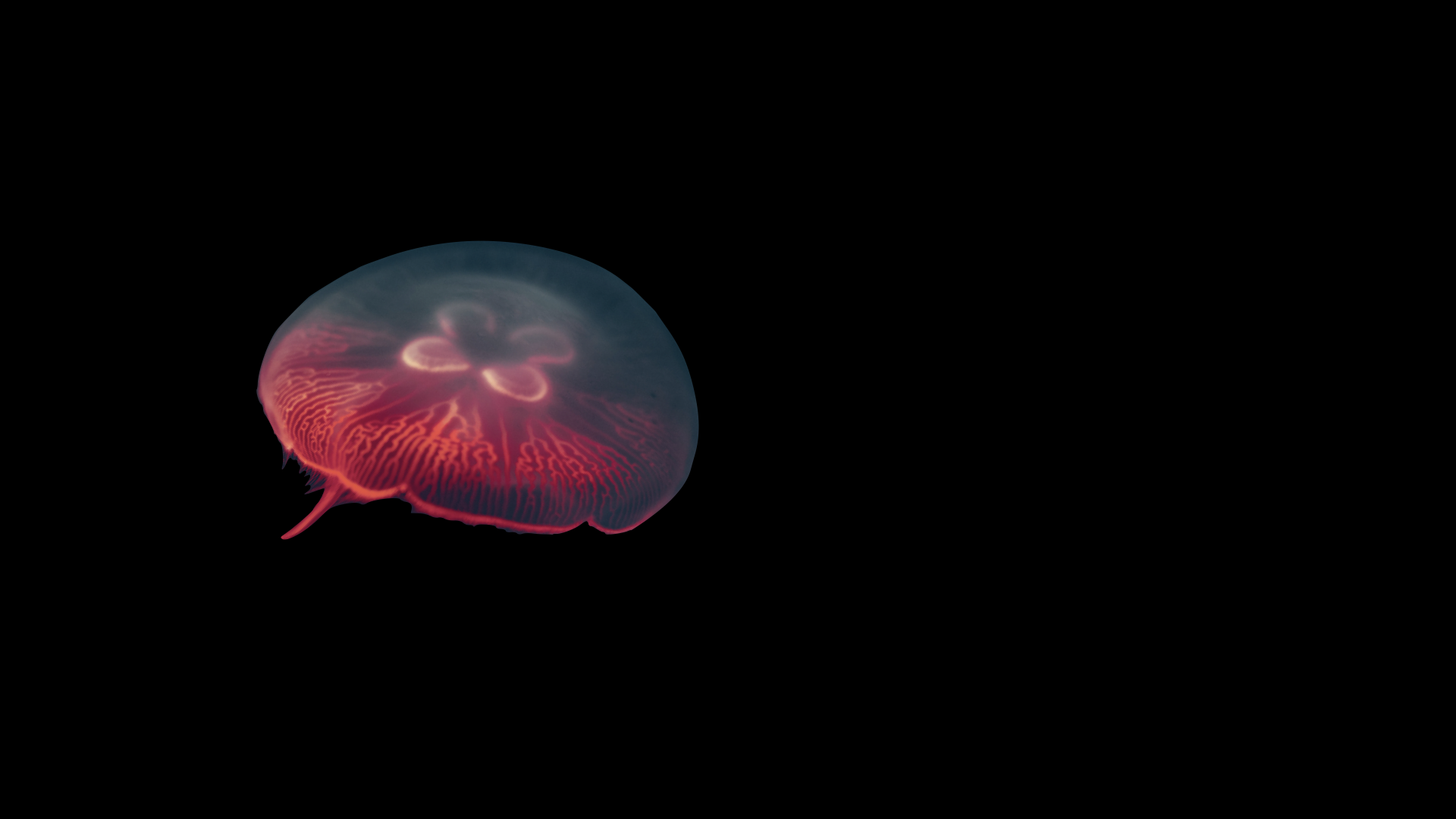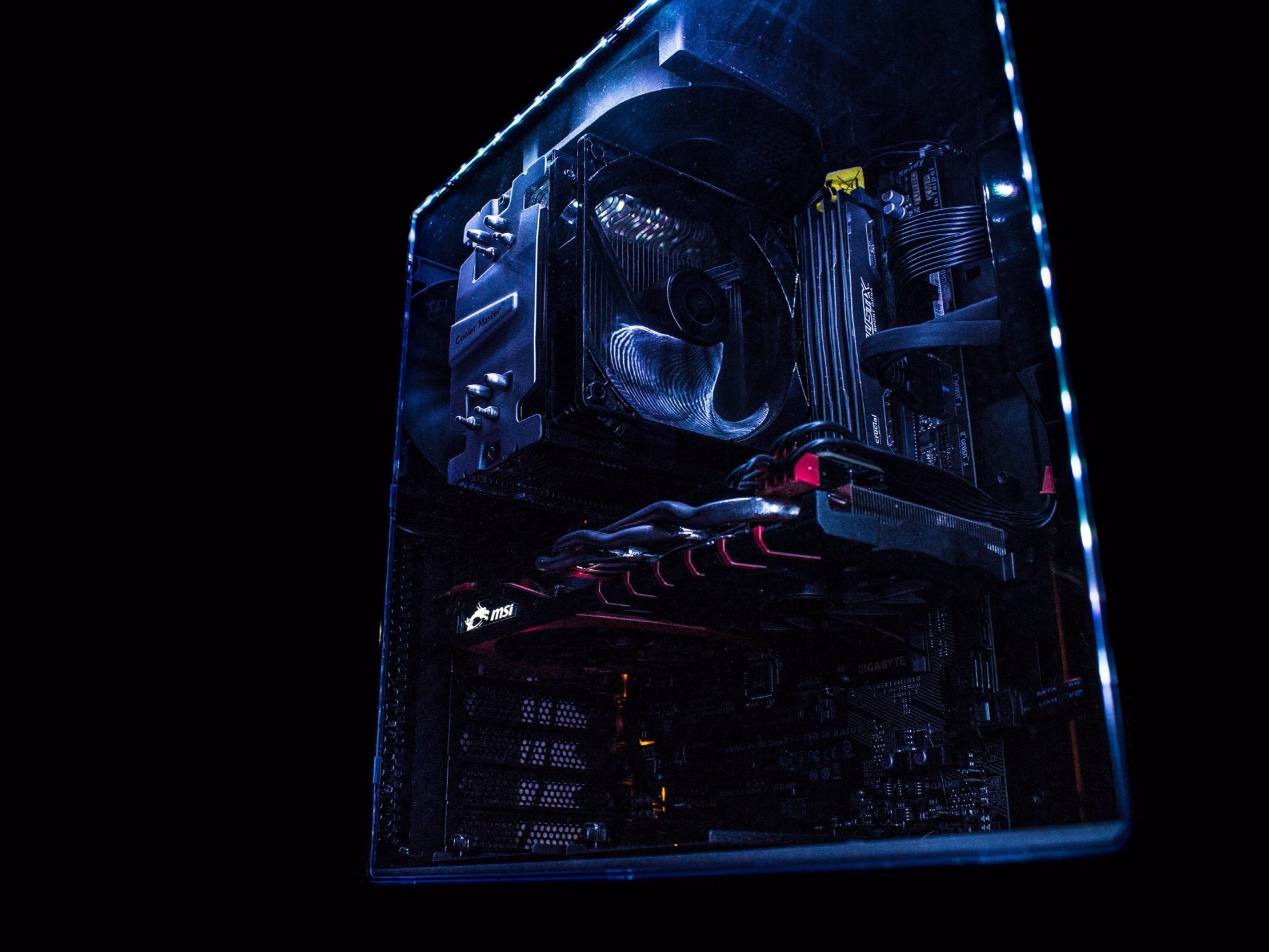“To survive brands must become adaptive, self-organizing, scalable & sustainable within the human driven ecosystem”
We have to evolve the way we design and develop brands.
It is in our nature to claim what is ours, as all the living creatures we do it by marking our territory. The first branding activities can be traced back thousands of years ago when craftworkers marked their hand-crafted goods. Branding as a term that comes from burning hot irons on our farm animals. With the arrival of the industrial revolution branding became an important part of doing business. From then on different manufactures were able to mass produce. So for the consumer to keep them apart manufactures started adding a logo on their products and businesses. From this moment the modern evolution of branding started.
Evolution of Branding
Evolution cycle
Bringing brands to life.
To survive brands must become adaptive, self-organizing, scalable & sustainable within its human driven ecosystem. Then we reach the ‘Branded Organisms‘ stage of evolution. Here a brand develops a direct relationship that naturally evolves with the real-time customer needs.
If the brand becomes more than an experience time becomes a importent factor. A transformation is already has more profound impact over a longer timespan. Branded Organisms aren’t static objects but are alive and just like a organisms it's needs to evolve. Like organisms we’ll need to think in continue cycles, each an improved iteration of itself.
The evolution cycle of a Branded Organisms consist of the following four phases:
“To help us bring brands alive we use a formula that identifies the different layers of a brand and how they are related.”
The first layer
Consistency that manage expectations.
The three most important functions of a brand are being a trademark for quality (1), what gives consumers security and trust (2), and that consumers recognize the brand (3). That’s why in the early years of branding it was all about consistency. What we want is to acquire a preferred position in the brain of our consumers. In the end the goal is that consumers choose our brand above our competitors. We achieve this by making people aware of our brand and manage their expectations. By sending out a constant (C) image consumers start recognizing us and we build trust. In this era we only pushed our message, often by use of mass media like TV, billboards and magazines. It was still relatively simple to control all these consumer touch-points.

The second layer
Flexibility that enables differentiation.
With some brands going international, increase of competitors, the gathering of more knowledge about our consumers and offering a wider set of products, the need came for more flexibility. High competitive markets arrived by the introduction of mass production and standardization. We started to customize our brands toward specific target group could boost our sales and brand loyalty. The needed flexibility is achieved by adding variables (V), like new products and/or services, to the brand. Turning some brands into so called ‘House of brands’ [Neumeier, M., 2007]. The added complexity let to introduce the term ‘Positioning’ by Jack Trout [Strout, J. 1969]. With the expansion of our associative network of the brand, he argues that it is important to take a clear position within the brains of the targeted consumers [Ries, A. and Trout, J., 1981]. Managing our brands becomes more complex because we have to balance between consistency (what is important for the recognition and trust) and flexibility (the ability to position to specific target groups).
The third layer
Connectivity that triggers interaction.
The ability for consumers to access the brand services and/or products over the internet was, and still is, one of the biggest game-changer in branding. A brand is no longer restricted to a physical space and it is able to interact with its ecosystem (E), opening all kind of doors. A bigger audience, no direct face-to-face interactions needed, 24/7 and from all over the World. For us, responsible for the brand, it means dealing with fragmented media, digital natives, social networks and the whole technological tsunami. Brands are not that controllable anymore, so therefor brand management becomes a challenge. Until now all the consumer touch-points were easily under control, a more complex system of new touch-points has being added. We are talking here only about the front-end part of the brand, outside the view of the consumer all kind of bank-end systems are also being connected. This ability to connect makes it also possible to interact directly with a large group of consumers, creating new social behavior & social communities. This phenotypic character (trait) also catalyzed the whole social media revolution. All big changes what should improve the user experience of the consumer.

The special fourth layer
Adaptivity that makes it alive.
If brands want to survive over time (t) they must be able to be adaptable to changes in their ecosystem (E). Therefor there is a call for a new layer that is going to play an important role in branding: adaptivity.
Adaptivity indicates the ability of a brand to adapt autonomously to its users according to the changing conditions. Brands should operate as self-learning systems. An adaptive unit based upon the method of trial and error. In order to achieve this a change in the way of designing brands is fundamental. Not considering brands as static objects but as living organisms.
Why someone should say “Yes, let’s make this essential change”? What is the actual impact on how we design our brands? And what are the benifits? In the next chapter we are going to explore what this new trait means for designing our own brands trying to answer those questions.
Examples of elements that we can play with to engineer Branded Organisms.
Our continuous changing environment.
Technology.
Beside the branding evolution we need to take into account the revolution in the world of technology, what is changing the way people talk, react, think, behave, and how people consume. We nowadays interact with brands in ways that even only 10 years could not be predicted. The relationship brand consumers had used to be simple and unidirectional: brands reached out only through static media channels such as advertising. Now, interactions are true dialogues, complex and bi-directional. Consumers are deeply involved in shaping their relationship with the brand and are communicating that point of view to others through social and mobile channels. [Franks, D. & Anderson, E., 2012]
Humans.
This modern digital world is creating a new type of consumers ‘Generation C: the connected customer’ as IBM likes to call them. This ‘Generation C’ is not demographically based. It's everyone. These consumers are linked, and they're in control [Ibmconnectedcustomer.com, 2013]. Meaning that we have to change the way we manage the complex landscape of consumer touch-points. It was already almost impossible and it will only get worst. The reasons are: the touch-points are becoming two-way streets, more intensity and less control. The unexpected 92% of customers say that they trust earned media (word-to-mouth and recommendations) above all other forms of advertising, with an increment of the 18% since 2007 [Trendwatching.com, 2012]. This section of the consumer touch-point landscape is growing and it is by definition uncontrollable.
Touch-points.
In addition a lot is happening within the field of marketing & branding. Social media and mobile strategy, omni-channel and location based services, branded content management, social CRM (sCRM), near field communication (NFC) and gamification are just the tip of the iceberg. All have their own clear goals but are we aware of why we do all of this? Do they play their part in achieving a bigger ‘end’ goal? Is their a vision within our company that connects all these dotes? Branded Organisms could be a part of this vision. Because in the end, like organisms, every brand wants to be healthy and survive to life another day.

Real-time relevance
Embrace algorithms, ensure serendipity.
Branded Organisms are highly technology driven, so what we have to change is the way we think. Put yourself in the shoes of a programmer. What programmers want to know is which brand elements there are and how they are related. Which elements are constants, which are variables, with which environments they have to deal and how does the time dimension play a role? Then we turn user journey into algorithms, IF this THEN do_that ELSE do_that, also known as business rules. For example:
IF consumer X want to know more about a product X on her mobile while sitting in a Park at night THEN show personalized product X info ELSE standard product X info.
Customer journeys can be translated into an algorithm flow. By doing this the gap between marketing & development tightens up by start talking the same language. Collecting enough algorithms turns it in a network of algorithms and this is the foundation for Branded Intelligence (BI). This is a type of Artificial Intelligence (AI) specialized for brands. Important is to always build-in a certain level of serendipity, otherwise everything will become a predicable and dull bubble. Get the balance right and your Branded Intelligence will be responsible for the self-learning system that interacts and adapts to its customer.











